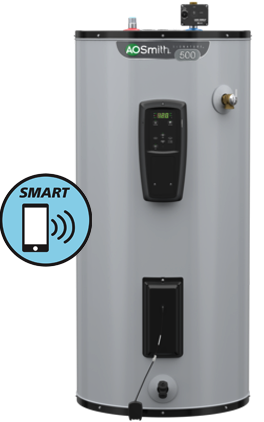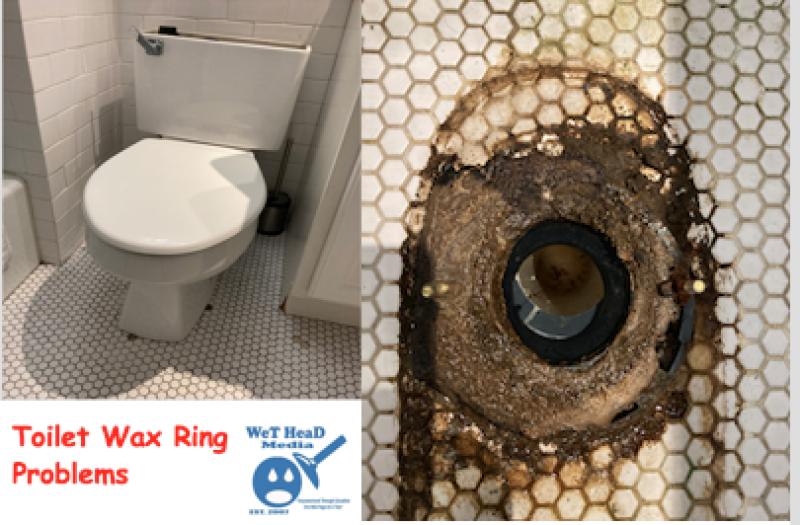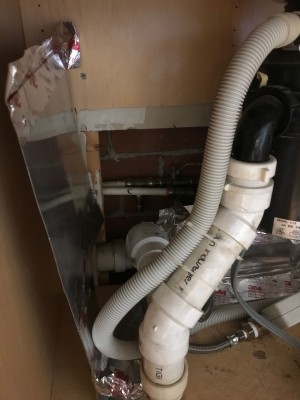How To Install A Circulator Pump
 There are many types and brands of circulator pumps such as Taco and B & G Pumps. There are many other brands on the market as well. Installing a circulator pump can be easy and trouble free providing you have all the right tools and materials.
There are many types and brands of circulator pumps such as Taco and B & G Pumps. There are many other brands on the market as well. Installing a circulator pump can be easy and trouble free providing you have all the right tools and materials.
The circulator pump also requires a source of electricity and depending how how big of a circulating pump you are installing Will depend on how much voltage you will need to have brought in to the area that you are working. Most circulators will also mount using a flange system. Taco pumps is a leader in the flange system as well as B & G pumps. The flange system makes troubleshooting and repair work a breeze if it need to be performed.
To install a circulator pump you will need the following types of tools. You will need a pipe cutter that will cut the type of pipe that you are working on. You will also need a basic set of open end wrenches and a basic pliers set with electric pliers so you can do the electric hookup after you pump in the pump.
Once you have gathered all your tools you will want t make sure that you have the pump, pump flanges, pump flange bolts, plumbing fittings, and also the o-rings or gaskets that are required for the flanges.
Here is how you install a circulator pump:
This guide will explain to you how to install a new circulator pump as well as replace an existing pump.
1) Spread your tools out in a safe place so that you can see everything. Also take the new circulator pump, flanges , gaskets and bolts out of the boxes and bags they came packaged in.
2) Now that you have your tools ready you will want to isolate the are where the pump is being installed. What this means is that you will want to “valve off” the area. If you are just replacing a ciculator then you should have isolation valves on each side of the flange. If this is a brand new install it might require you to shut down a system or a line that is being feed by a main. That you can only determine because you are the one installing the pump. Basically make sure the line is NOT live before removing the pump or cutting the pipe.
3)The first thing you should so if this is an existing pump is to shut of the electrical power source and then you will now want to remove the wires that are connected to the motor, followed by recapping the ends with electrical caps. If this is a new application your electrician will probably be there after you install the pump, or you will know how to do the electric yourself.
4) Determine where you are going to add the circulator pump in the line and mark the pipe to be cut. If you are just replacing a circulator and there is already one there with flanges you will want to unbolt the flange bolts. Once the flange bolts are loose you can remove all but one flange bolt to hold the pump in place. Please note that there maybe water that also pours out when you break the flange seal. The amount of water that comes out will depend on what type of line you are on. If you are just replacing a circulator pump on a boiler it may on be a half of a gallon or so that leaks out, but if you are on a big line it could be more.
Have something ready to catch the water.
5) If this is a new application and are sure the supply is off. Measure the pump height but be sure to take the measurement with the flanges attached. You will now want to cut your pipe in the place that you will be adding the pump. Once you have cut your pipe plumbing the flanges using your tools and fittings.
6) Now if you are installing a circulator pump for the first time or just replacing an existing you both will now have flanges that you can place the circulator pump between the flanges making sure you have your direction of flow correct. Depending on what brand you are using will depend if you have o-rings or gaskets, but either way don’t forget to install them as well or your flanges will leak.
7) Reinsert your flange bolts and tighten then side to side equally so that they flange is not crooked or slanted one way or another. Improper tightening of the pump flange can also cause the flange to leak.
8) Once you have your pump in place, the flange gaskets installed, the flange bolts tight, you can now re hook up your electric to the pump. If this was a new install you will make arrangements to have someone wire this for you, or you maybe able to do this yourself depending on your electrical background.
9) Once the pump is wired tightened and in place be sure to turn the water supply back on first and then you can turn the power on to the pump.
There is always a bunch of other stuff you may run into, so here is some popular questions and answers:
Question: “Can I replace my circulator with another brand?”
Answer: Yes, but keep in mind that some pumps will have a different height and you may need to re-plumb something, but this depends on brand.
Question: “How Do I know what direction the circulator pump is supposed to point?”
Answer: There will be any arrow on the volute of the pump that will show you the direction of flow.
Problem: “I have installed the pump but my flanges are dripping slightly”
Solution: This commonly happens when you accidentally “pinch” the o-ring or gasket. You might want to shut of the supply and re-install the gaskets on the flanges.
Problem: “I turned on the power but I don’t here the pump running”
Solution: This may be because you bought a nice and quite pump. Pumps like Taco 007 circulators are really quite and you would have to put you hand the pump casing to actually feel it running.
Circulator pumps are being used everywhere for a number of practical applications including: hot water recirculating lines and off course on many forced hot water boilers as the circulator pumps are the ones that actually force the water through the pipes. Well pump the water although they do call it a forced hot water system.




I am working on a single-zone residential hot water heating system in a 2-story house with a single main circulator pump. I have moved a first-floor radiator to a new first-floor location that is a little “further away” from the central system, and it is not getting hot enough. (I have bled the radiator and there is no air in it.) The radiator has its own supply and return line running off the main loop, and I would like to add an additional pump into one of those two lines.
I’d like help in spec’ing the right pump for that application.
Many thanks!
Art Watson
I’m getting a new hydronic expansion tank installed to replace a conventional one and the technican wants to move the circulator pump from the return side and place on the supply. My question is; is this normal or even recommended? Every diagram I’ve seen has the pump connected to the return.